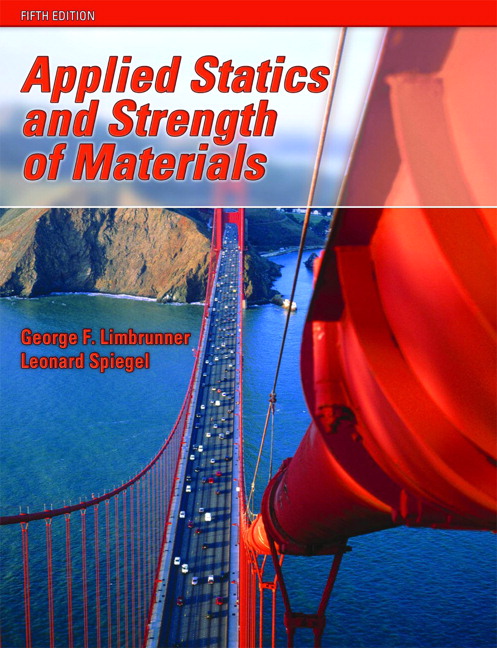This paper identifies the probability of causation when there is sample selection. We show that the probability of causation is partially identified for individuals who are always observed regardless of treatment status and derive sharp bounds under three increasingly restrictive sets of assumptions. The first set imposes an exogenous treatment and a monotone sample selection mechanism. To tighten these bounds, the second set also imposes the monotone treatment response assumption, while the third set additionally imposes a stochastic dominance assumption. Finally, we use experimental data from the Colombian job training program J\'ovenes en Acci\'on to empirically illustrate our approach's usefulness. We find that, among always-employed women, at least 12\% and at most 19\% transitioned to the formal labor market because of the program.
翻译:本文在抽样选择时确定因果关系的概率。 我们显示,对于无论治疗状况如何总是被观察的个人,因果关系的概率是部分确定的,并且根据三套日益严格的假设得到了清晰的界限。 第一套假设规定了一种外源治疗和单质抽样选择机制。为了收紧这些界限,第二套假设也规定了单质治疗反应假设,而第三套假设又增加了一种随机主控假设。 最后,我们用哥伦比亚职业培训方案J\'ovenes en Acci'on的实验数据来从经验上说明我们的做法的效用。 我们发现,在一直就业的妇女中,由于该方案,至少有12 ⁇ 和 最多19 ⁇ ⁇ 向正规劳动力市场过渡。




